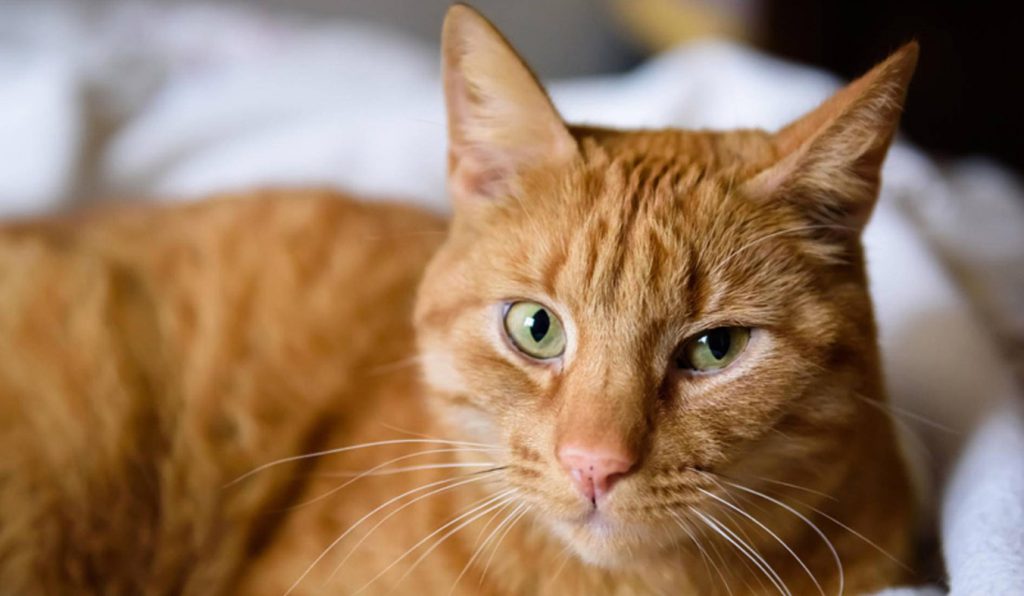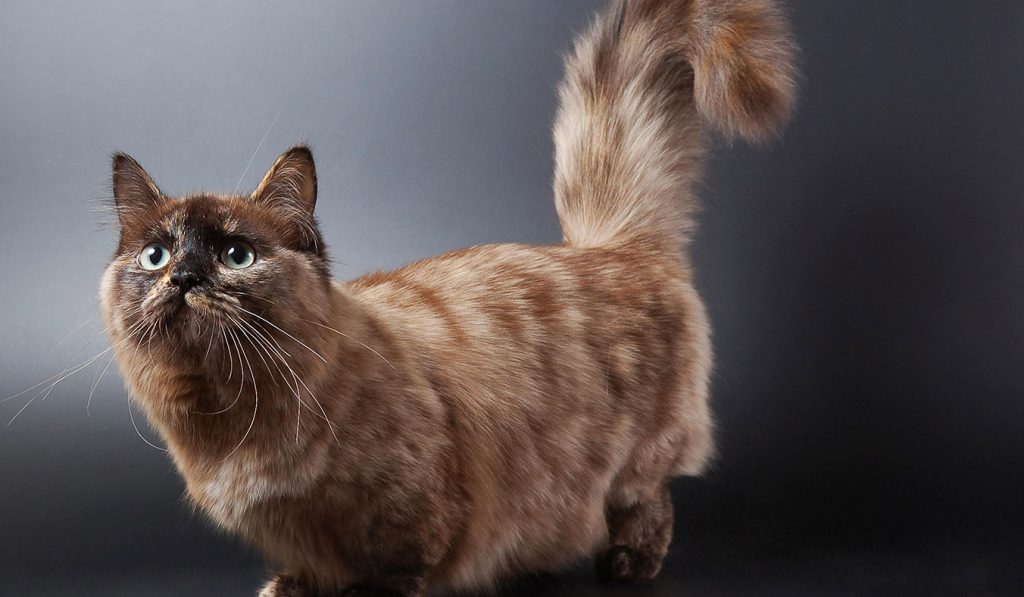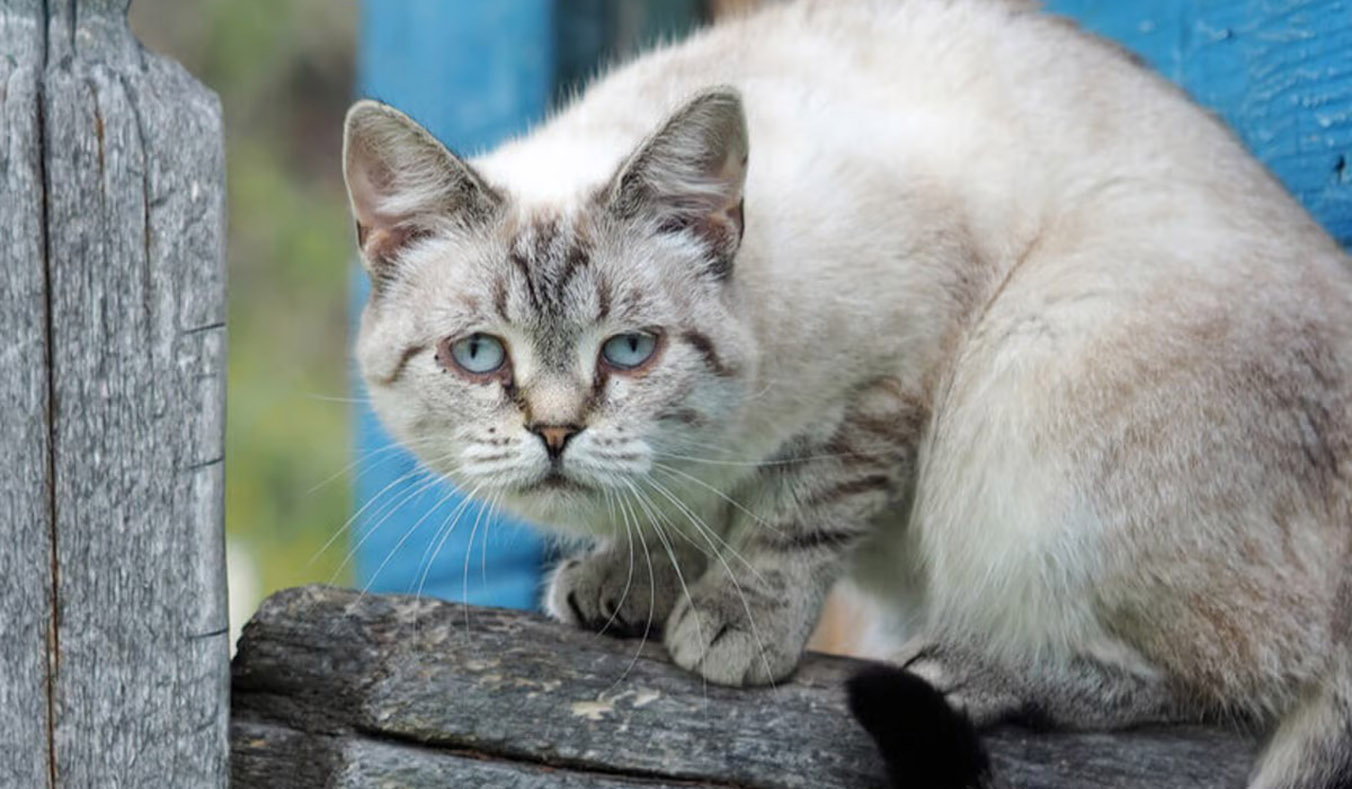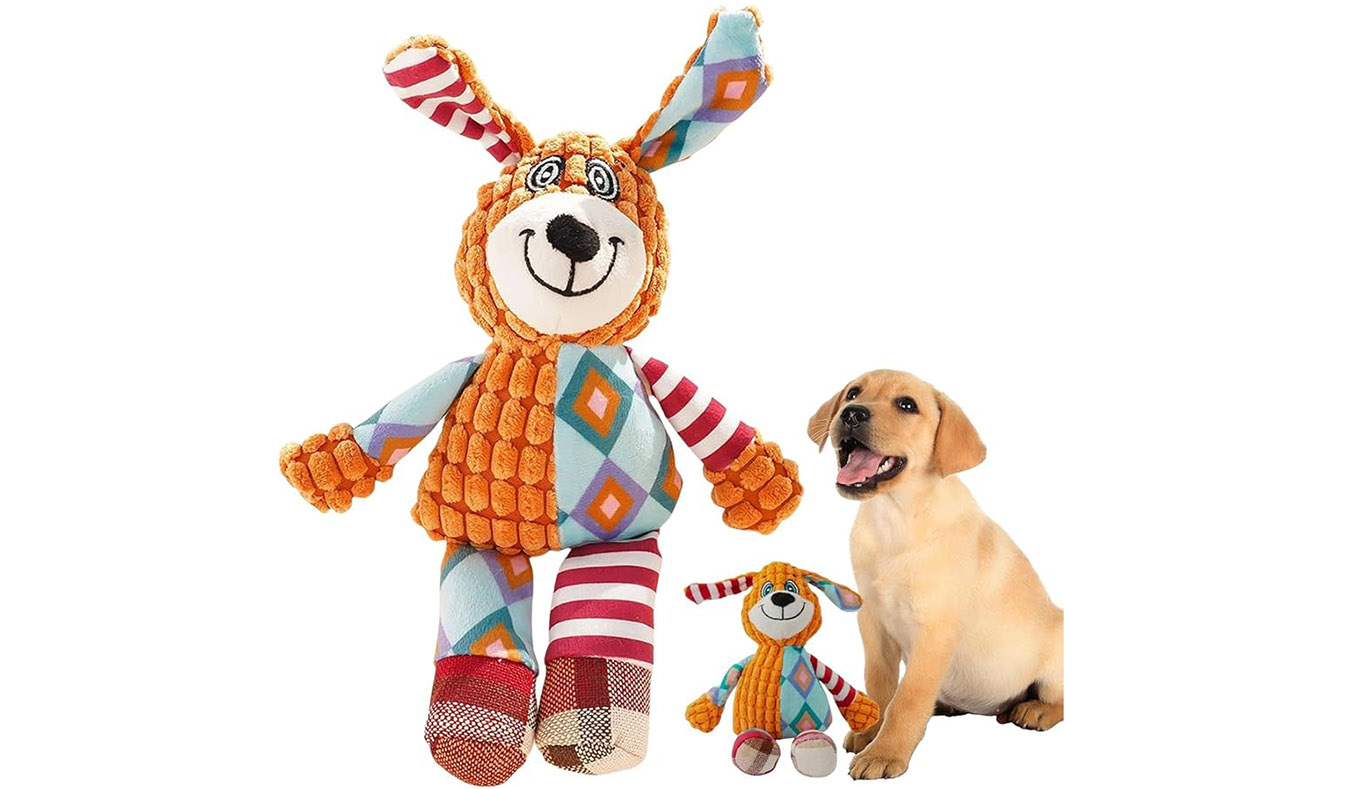Introduction to Down Syndrome
Down Syndrome, or Trisomy 21, is a genetic condition exclusive to humans, caused by the presence of an extra 21st chromosome. This additional chromosome impacts physical growth, facial characteristics, and cognitive abilities.
In humans, Down Syndrome can manifest in two ways:
- Complete Trisomy 21: All cells in the body contain the extra chromosome, leading to more pronounced physical and cognitive challenges.
- Mosaic Trisomy 21: Only some cells have the extra chromosome, resulting in milder symptoms.
Key features of Down Syndrome in humans include:
• Physical Characteristics:
o Low muscle tone, which can cause delayed motor development.
o Flat facial profile and a broad nasal bridge.
o Eyes with an upward slant and epicanthic folds (extra skin near the inner corner).
o Small stature, coupled with higher body mass.
o A flat skull, sometimes with a short neck.
• Neurological and Cognitive Symptoms:
o Intellectual disabilities of varying severity.
o Developmental delays in speech, language, and social skills.
While these traits are specific to humans, certain feline conditions can present similar physical or behavioral signs, leading to misconceptions about cats having Down Syndrome.
Chromosomal Makeup in Cats
Cats have 19 pairs of chromosomes, for a total of 38 chromosomes, while humans have 23 pairs (46 chromosomes). Therefore, a chromosomal abnormality involving a “21st pair” is biologically impossible in cats.
However, chromosomal abnormalities or developmental disorders can still occur in cats, often due to:
- Genetic Mutations: Errors in the DNA during reproduction can lead to unusual traits or conditions.
- Inbreeding: Selective breeding within a limited gene pool, especially in purebred cats, increases the likelihood of genetic defects.
- Environmental Factors: Exposure to toxins or infections during fetal development can result in physical deformities or neurological impairments.
Conditions Mimicking “Down Syndrome” in Cats
Several feline disorders may cause symptoms resembling the physical or behavioral traits seen in humans with Down Syndrome. These include:
- Cerebellar Hypoplasia
• Cause: This neurological condition occurs when the cerebellum (the part of the brain responsible for motor control) is underdeveloped, often due to a viral infection like feline panleukopenia in pregnant queens.
• Symptoms:
o Poor coordination, leading to unsteady or wobbly movements (sometimes called “wobbly cat syndrome”).
o Tremors or exaggerated head movements.
o Normal lifespan and cognitive function, despite mobility challenges.
• Management: Cats with cerebellar hypoplasia require supportive care, such as stable environments and assistance with activities like eating or climbing. - Feline Panleukopenia
• Cause: A highly contagious viral disease caused by the feline parvovirus, which can interfere with the development of a kitten’s nervous system if contracted during pregnancy.
• Symptoms:
o Neurological issues, such as tremors or difficulty walking.
o Physical abnormalities, such as small or misshapen features.
o Lethargy and weakened immune function.
• Prevention: Vaccination is the best way to prevent this disease in cats. - Klinefelter Syndrome (XXY Syndrome)
• Cause: This chromosomal disorder occurs in male cats with an extra X chromosome, often seen in male tortoiseshell or calico cats.
• Symptoms:
o Sterility (inability to reproduce).
o Smaller size or abnormal physical traits.
o Potentially reduced cognitive abilities.
• Management: These cats require routine veterinary care, as they may be predisposed to certain health issues.

Physical Traits and Behaviors That May Raise Concerns
Pet owners may notice unusual characteristics in their cats that resemble Down Syndrome symptoms in humans. These traits often have other explanations:
- Physical Appearance:
o Wide-Set or Crossed Eyes: This can occur in certain breeds (e.g., Siamese cats) or due to trauma or genetic mutations.
o Flat Face or Short Muzzle: Common in brachycephalic breeds like Persians, but can also result from congenital deformities.
o Small Ears: This trait might be caused by genetic variation or fetal developmental issues. - Neurological or Cognitive Signs:
o Poor motor coordination, such as stumbling or difficulty jumping.
o A perpetually open mouth or protruding tongue, often linked to low muscle tone or oral deformities.
o Reduced problem-solving abilities or responsiveness. - Unusual Behaviors:
o Cats may exhibit slow learning or clumsiness due to injury, developmental delays, or illnesses rather than chromosomal disorders.
The Myth of “Down Syndrome Cats”
The idea of cats with Down Syndrome gained widespread attention due to a viral story about a Danish rescue cat named Monty.
Monty was born with genetic abnormalities that caused a flat nose, wide-set eyes, and an unusual facial structure. His owners adopted him from a shelter and shared his story online, creating a social media account to celebrate his uniqueness.
Monty’s charming personality and distinctive appearance made him an internet sensation, but his case also led to widespread misinformation. Many incorrectly labeled him as a “Down Syndrome cat,” despite his condition being unrelated to Trisomy 21.
Other Factors Contributing to Misdiagnosed “Feline Down Syndrome”
Several environmental and genetic influences may produce symptoms resembling those of Down Syndrome in cats:
- Injuries or Trauma: Cats involved in accidents (e.g., car collisions) may sustain facial deformities or neurological damage.
- Toxins During Pregnancy: Exposure to certain chemicals or infections can lead to developmental defects in kittens.
- Inbreeding: Purebred cats, particularly in poorly regulated breeding programs, may inherit physical abnormalities due to limited genetic diversity.
- Congenital Conditions: Birth defects, though rare, can impact a kitten’s facial structure or motor skills.
Symptoms That Warrant Veterinary Attention
If a cat exhibits unusual physical or behavioral traits, a veterinary consultation is essential to determine the underlying cause. Symptoms to watch for include:
• Difficulty walking, frequent stumbling, or uncoordinated movements.
• Unusual facial structure, such as a flat nose or wide-set eyes.
• Persistent lethargy or lack of responsiveness.
• Issues with eating, drinking, or controlling bodily functions.

Key Takeaways for Cat Owners
- Cats Cannot Have Down Syndrome: Trisomy 21 is exclusive to humans due to differences in chromosomal makeup.
- Similar Symptoms Have Different Causes: Conditions like cerebellar hypoplasia, panleukopenia, or genetic abnormalities can mimic traits associated with Down Syndrome.
- Proper Diagnosis is Crucial: If your cat exhibits concerning symptoms, a veterinarian can identify and treat the underlying condition.
- Celebrate Uniqueness: Cats with genetic or developmental differences, like Monty, deserve love and care. Their unique traits often make them even more endearing.
Cats may not experience Down Syndrome, but their diverse genetic and environmental experiences can result in unique challenges and features. As responsible pet owners, understanding these differences and seeking appropriate care ensures our feline companions lead happy, healthy lives.



